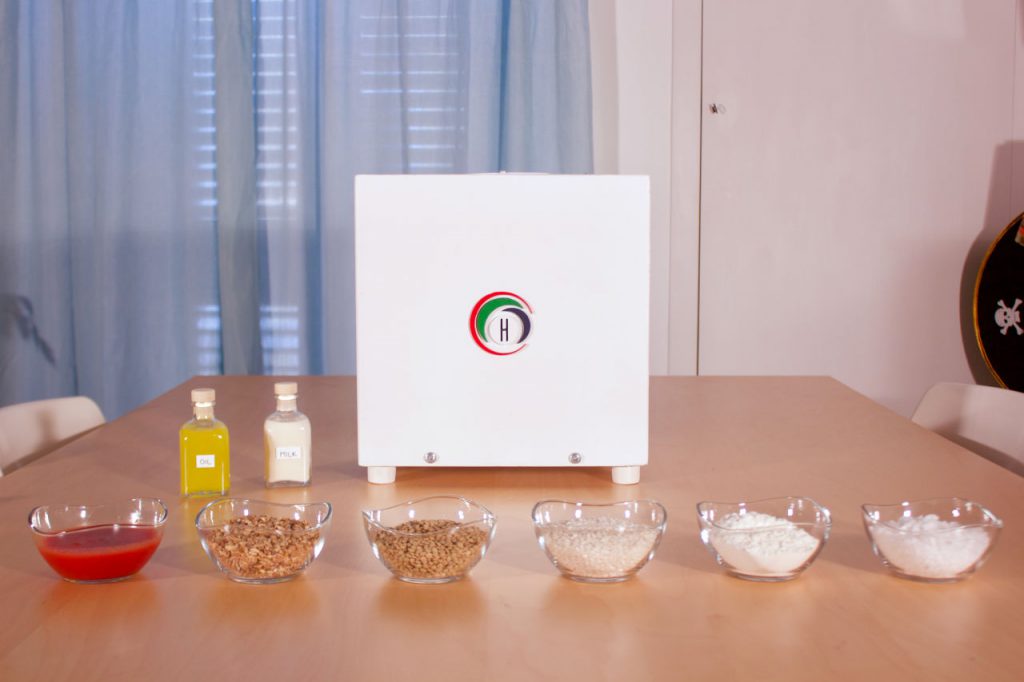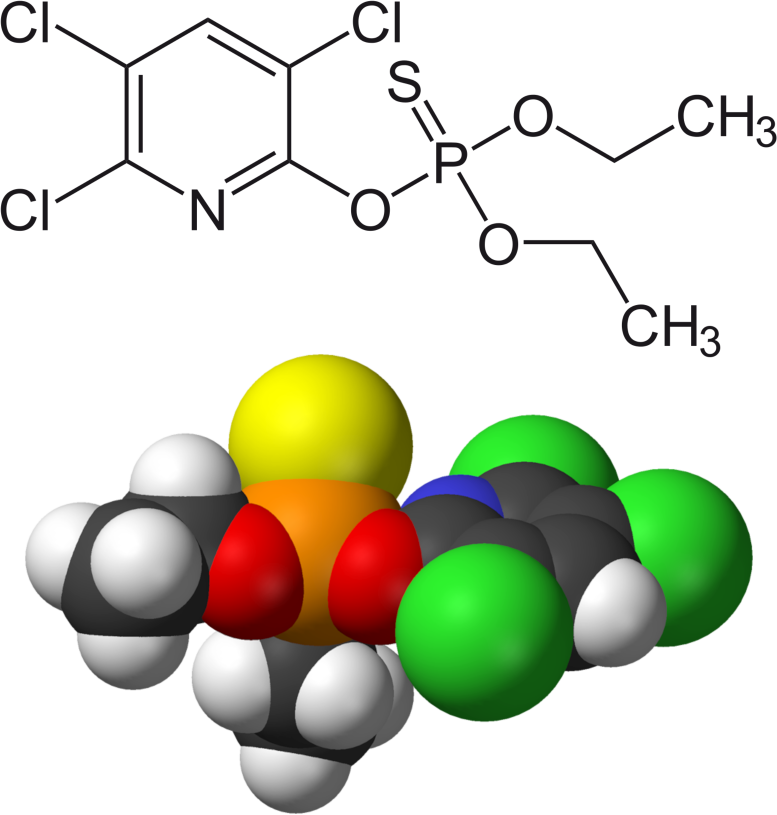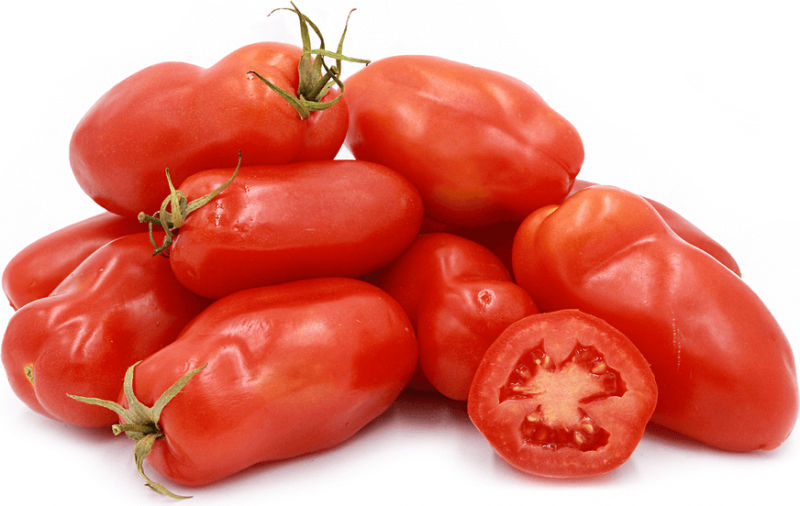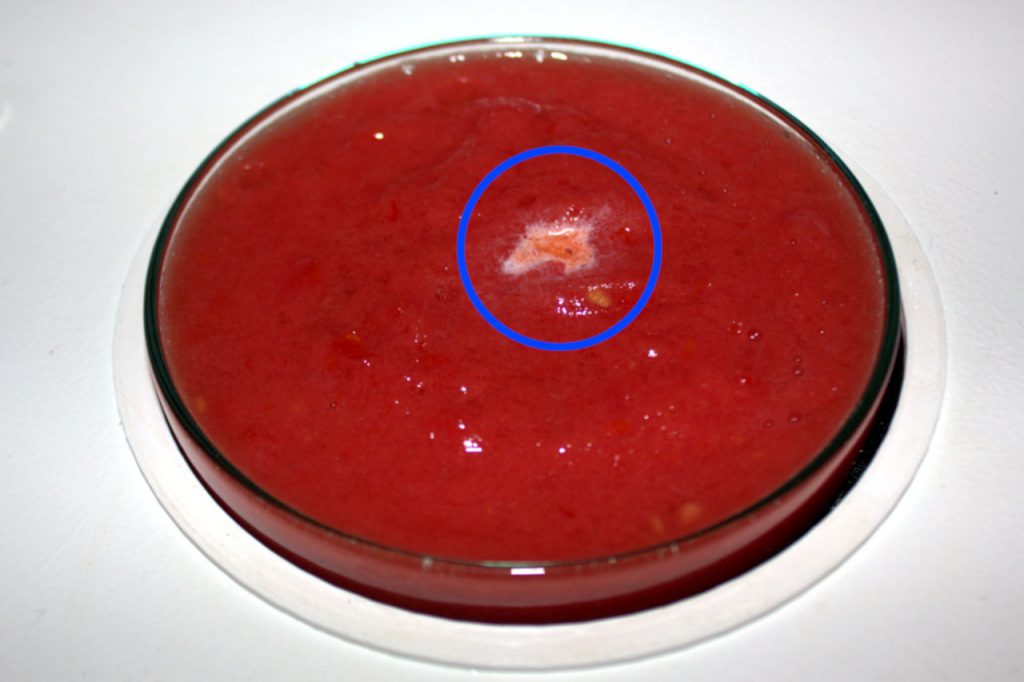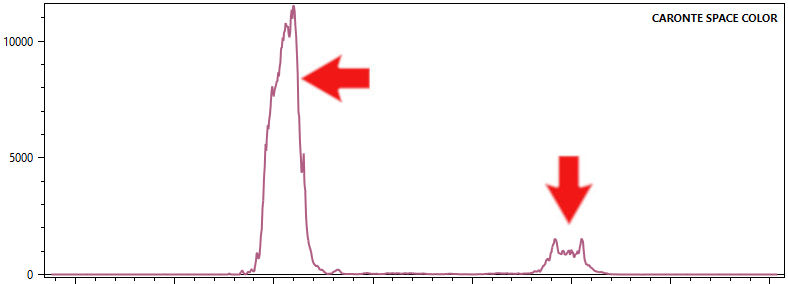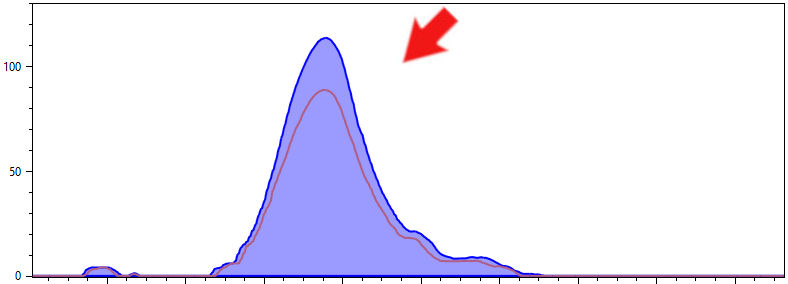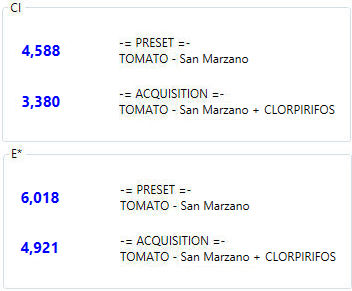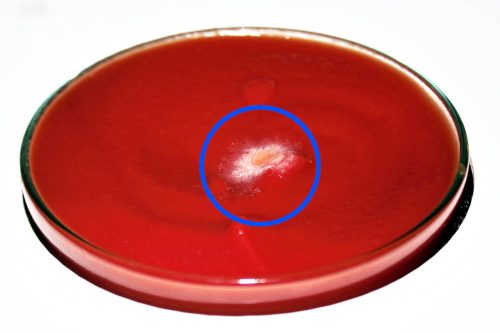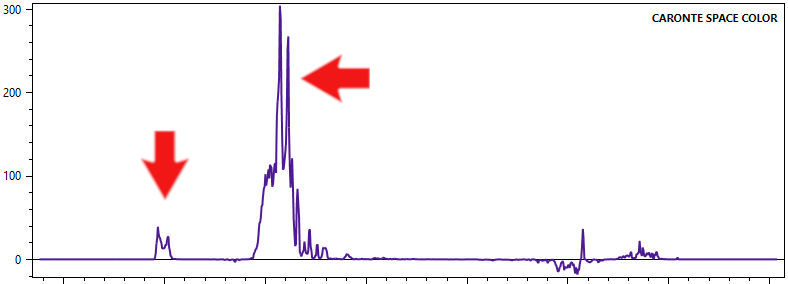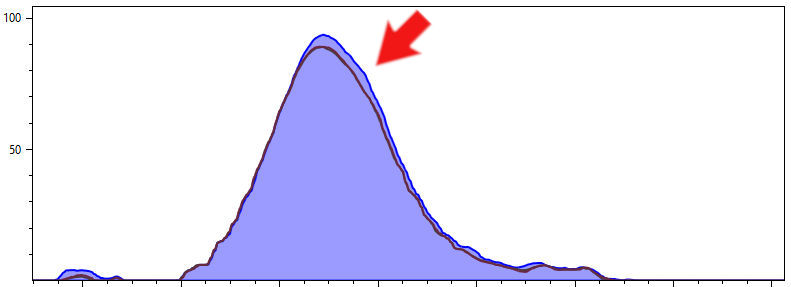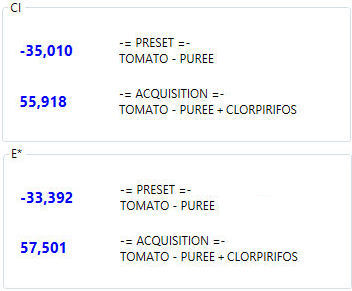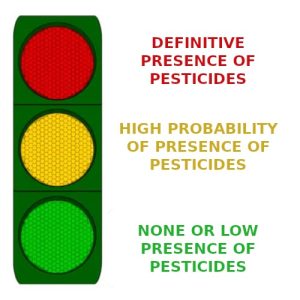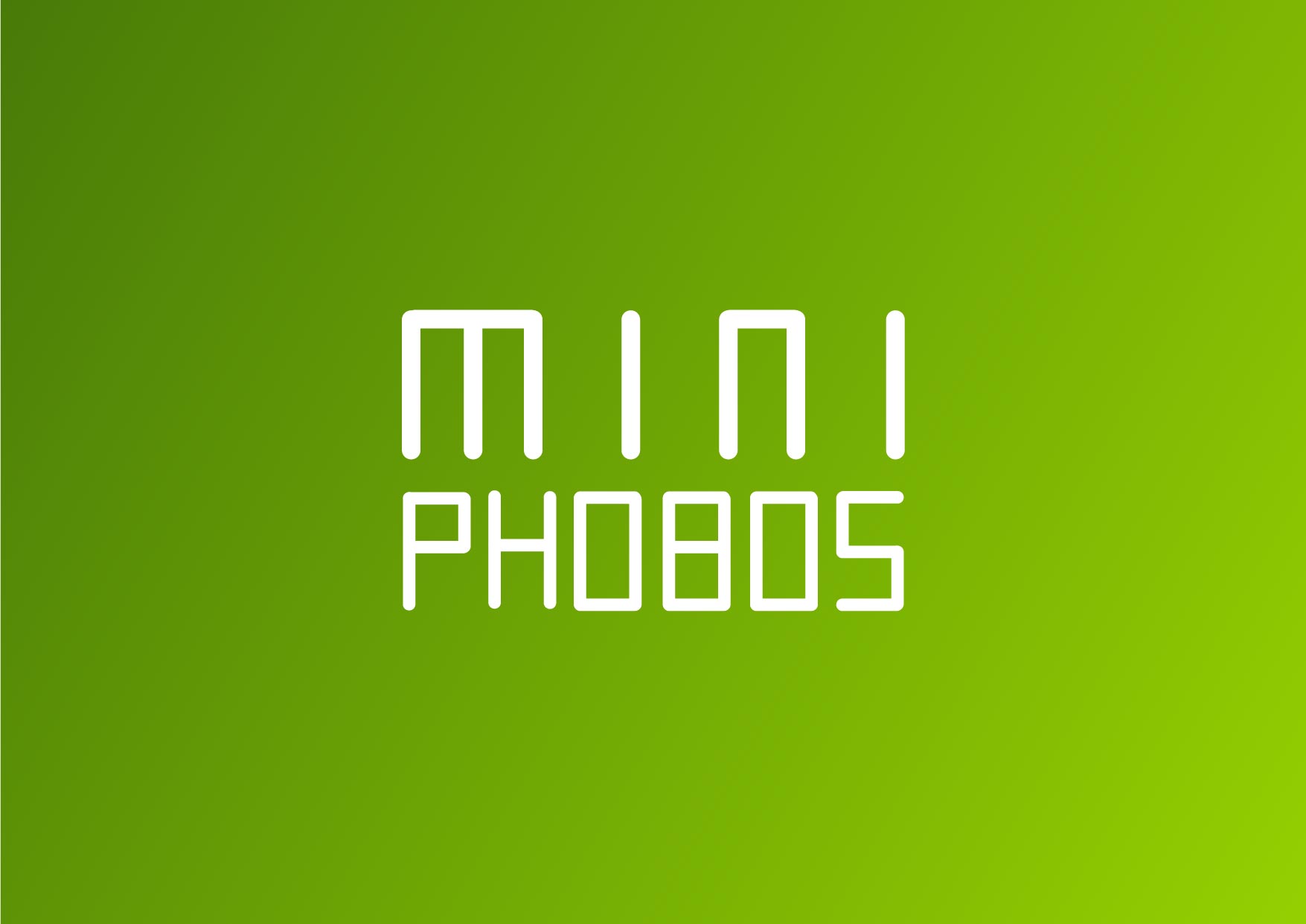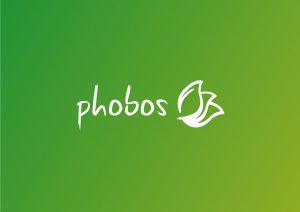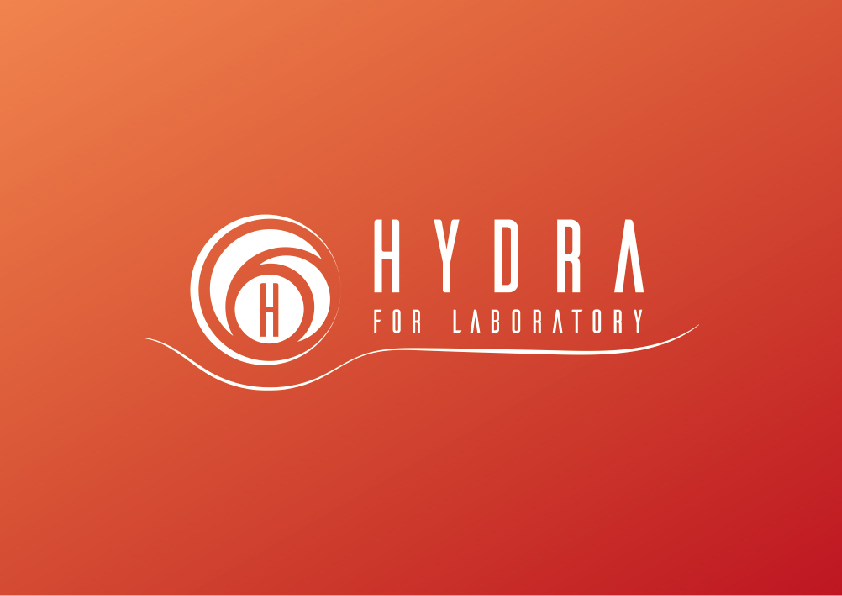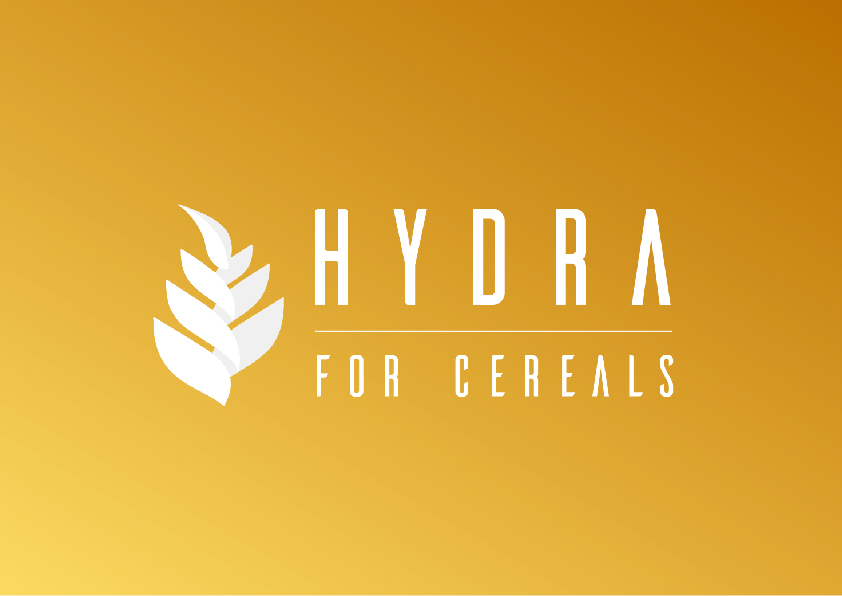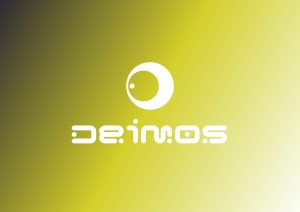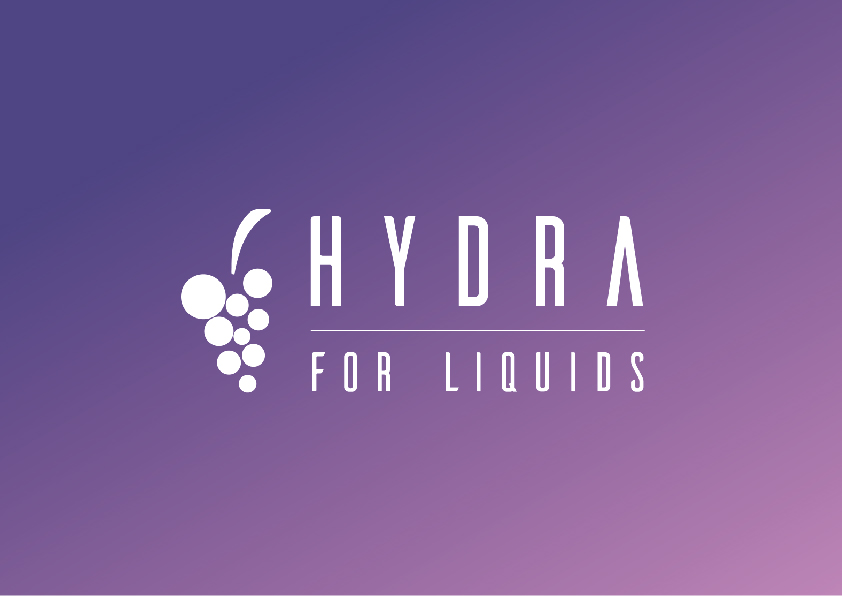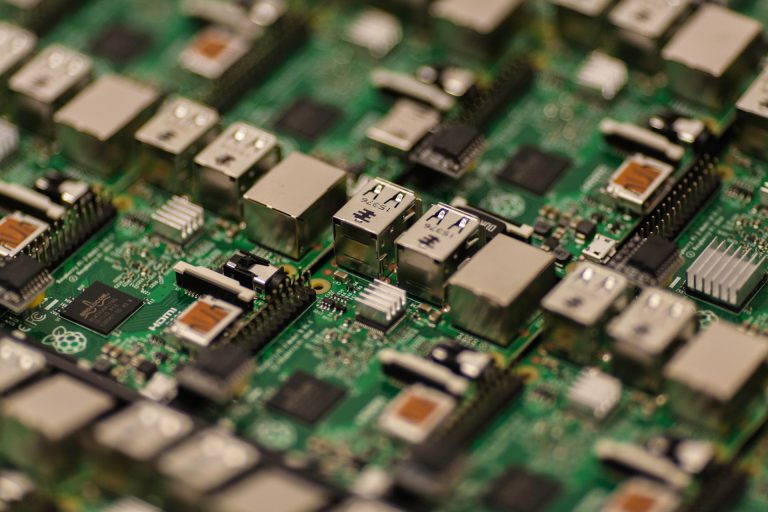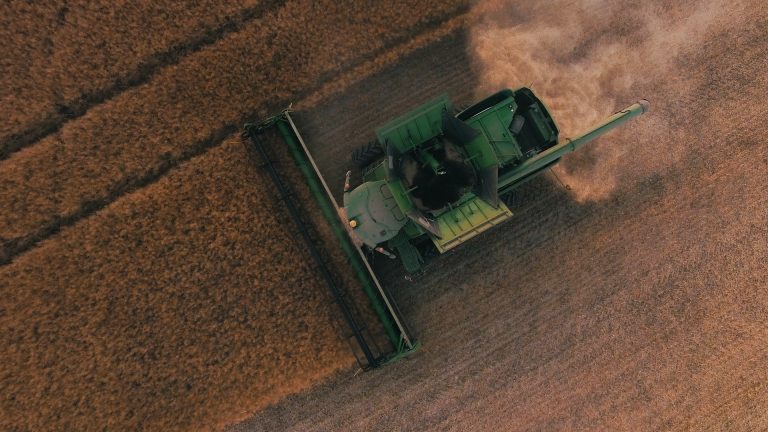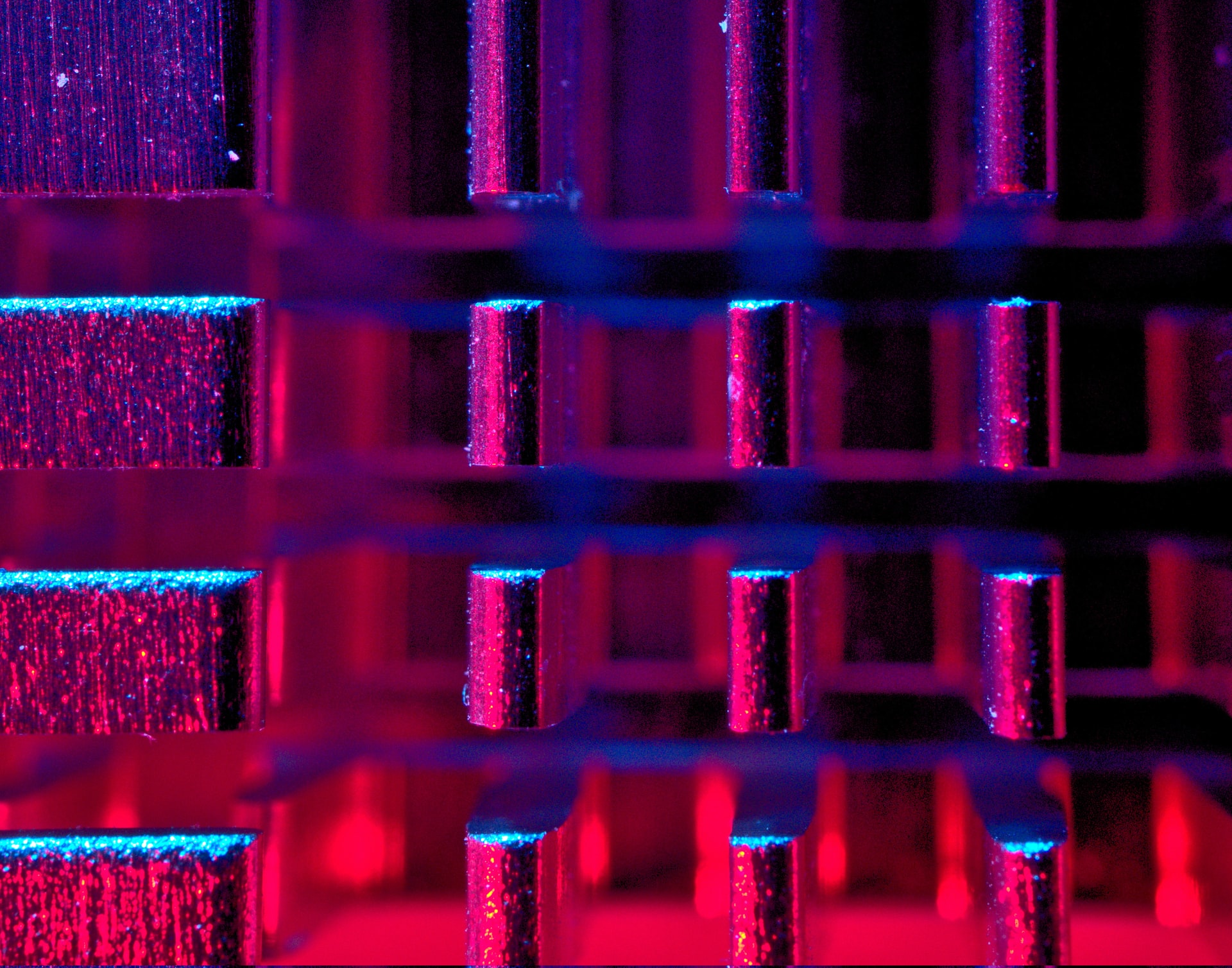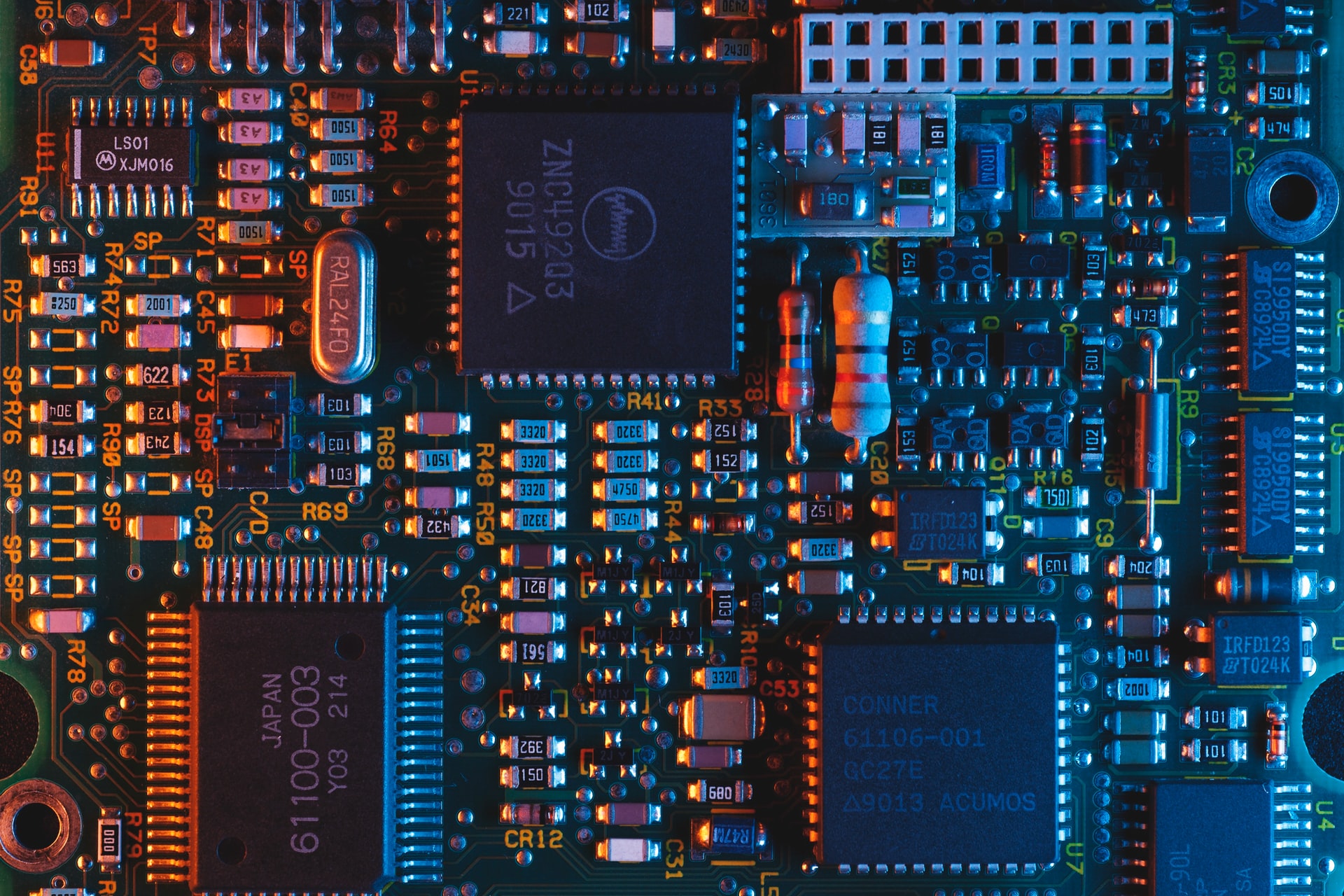Our experiments and our deductions have drawn particular inspiration from the work of:
Stagno C. “Caratterizzazione dei sottoprodotti della filiera del pomodoro per un potenziale sviluppo industriale“, Università degli Studi di Ferrara, 2010.
[1] Oumy Diop, Umberto Cerasani, “Light Reflection Spectrum Comparison of Pesticides Free Foods, Organic Foods and Conventional Farming Foods for VIS NIR Filter Creation”, CENTRIC 2016, pp 42-49
[2] Wen Li, Ming Sun, Minzan Li, “A survey of determination for organophosphorus pesticide residue in agricultural products”, Advance Journal of Food Science and Technology 5(4): 381-386, 2013
[3] Yankun Peng, Yongyu Li and Jingjing Chen (2012). Optical Technologies for Determination of Pesticide Residue, Infrared Spectroscopy – Materials Science, Engineering and Technology, Prof. Theophanides Theophile (Ed.), ISBN: 978-953-51-0537-4, InTech
[4] D. Pimentel, “Environmental and economic costs of the application of pesticides primarily in the United States”, Environment, development and sustainability, vol. 7, pp. 229-252, 2005.
[5] D. Yang and Y. Ying, “Applications of Raman spectroscopy in agricultural products and food analysis: a review”, Applied Spectroscopy Reviews, vol. 46, pp. 539-560, 2011.
[6] L. R. Goldman, “Managing pesticide chronic health risks: US policies”, Journal of agromedicine, vol. 12, pp. 67-75, 2007.
[7] C. f. D. C. a. Prevention. (2013). CDC – Pesticide Illness & Injury Surveillance – NIOSH Workplace Safety and Health Topic.
[8] Mughal BB, Fini JB, Demeneix BA, “Thyroid-disrupting chemicals and brain development: an update”, Endocr Connect 2018 Apr; 7(4):R160-R186. doi: 10.1530/EC-18-0029.
https://en.wikipedia.org/wiki/Tomato
https://en.wikipedia.org/wiki/Chlorpyrifos

